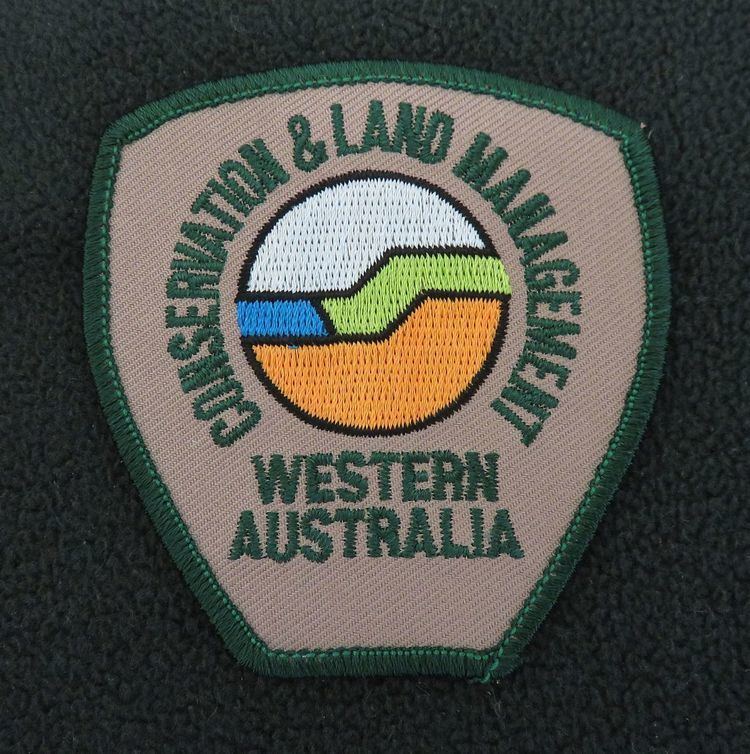Formed 22 March 1985 | Website calm.wa.gov.au | |
 | ||
Preceding agencies Forests DepartmentNational Parks AuthorityWildlife section of the Department of Fisheries and Wildlife Agency executives Dr Syd SHEA, Executive DirectorMr Keiran McNamara †, Executive Director Child agencies Department of Environment and ConservationForest Products Commission | ||
The Department of Conservation and Land Management (DCLM, but more often called CALM) was a department of the Government of Western Australia that was responsible for implementing the state's conservation and environment legislation and regulations.
Contents
The Department of Conservation and Land Management was responsible from 22 March 1985 to 30 June 2006 for protecting and conserving the State of Western Australia’s environment, this includes managing the State's National Parks, Marine parks, Conservation Parks, State Forests, Timber Reserves and Nature Reserves.
Status (at dissolution, 30 June 2006):
The Department of Parks and Wildlife had management responsibilities in:
At 30 June 2006, the total area under CALM’s care was 26,339,492 ha. The land area managed by the Department was about 9.78% of the land area of Western Australia.
CALM-managed lands and waters received 11,842,000 visits during 2005-2006.
Between 1998 and 2006, the number of people registered as volunteers with the Department grew from 836 to 3,882 with 470,600 hours contributed.
Between 2000 and 2006, the CALM Bush Ranger cadets program showed an increase from 800 to 1,215 Bush Ranger cadets that contributed a total of 268,375 hours to conservation projects just on the last scholar year (2005).
CALM was responsible for the wildlife conservation project Western Shield which is pest animal control (more than 3.9 million hectares of conservation reserves and State forests baited for feral animal control).
CALM also managed two of the world’s greatest long distance trails:
An important duty of the Department was to be responsible for bushfire prevention and suppression on its lands as well as fire prevention in unallocated Crown land and unmanaged reserves (89.1 million ha transferred from Department of Land Administration on the 1st July 2003) by:
Some of the most severe bushfires that the Department had to help to suppress, in chronological order, have included:
Preceding agencies
Earlier forms of Nature conservation in Western Australia were under:
Vehicles
The Department maintains and coordinates a range of specialist equipment and emergency response vehicles. This includes pumpers and tankers and other equipment relating to operations involving search and rescue and firefighting.
Uniforms and equipment
The Department of Conservation and Land Management staffs had a standard khaki shirt and bottle green trousers uniform and appropriate badging was supplied to and worn by staff whose duties include the monitoring of legislative compliance (National Park Rangers, Conservation and Land Management Officers, Forest Officers, Wildlife Officers and Authorised CALM Officers under Bush Fire Act).
